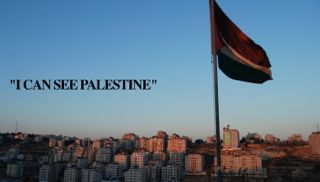1. Over the course of the past six months (May- October 2009), the Israeli authorities continued to implement measures that increased the freedom of movement of Palestinians between most Palestinian urban centres in the West Bank. However, during the same period, there has been no significant improvement when it comes to access to land and use of space by Palestinians. In particular, Area C, which covers 60 percent of the West Bank has remained, to a large extent, off-limits for Palestinian use and development. Moreover, access of Palestinians to and from areas behind the Barrier, including East Jerusalem, and the Jordan Valley, as well as within the Israeli controlled area of Hebron City (H2), continued to be severely restricted.
2. The most significant measures improving the flow of Palestinian traffic between the main cities and towns throughout the West Bank, implemented mostly during June and September, were the following:
• the removal of two staffed checkpoints that controlled access into Qalqiliya and Nablus cities;
• the shifting of four staffed checkpoints that controlled access into Ramallah, Jericho, Qalailiya, and Salfit into “partial checkpoints”, that are checkpoints staffed at an ad-hoc basis only;
• the relaxation of the crossing procedures at most checkpoints to the east of the Barrier, including the lifting of permit requirements, the extension of opening hours, and the performance of searches and documentation checking on a random basis only;
• The removal of 46 earthmounds and roadblocks that prevented vehicular access to main routes from various communities. The majority of these communities are located in the southern West Bank, particularly along roads 60 and 35.4
| Attachment | Size |
|---|---|
| ocha_opt_movement_access_2009_november_english.pdf | 244.87 KB |
UN Office for the Coordination of Humanitarian Affairs – Occupied Palestinian Territory - November 25, 2009 - Back to Resources Page
Did we miss something?
Click here to suggest a state building resource to be added to our fast-growing archive!
















